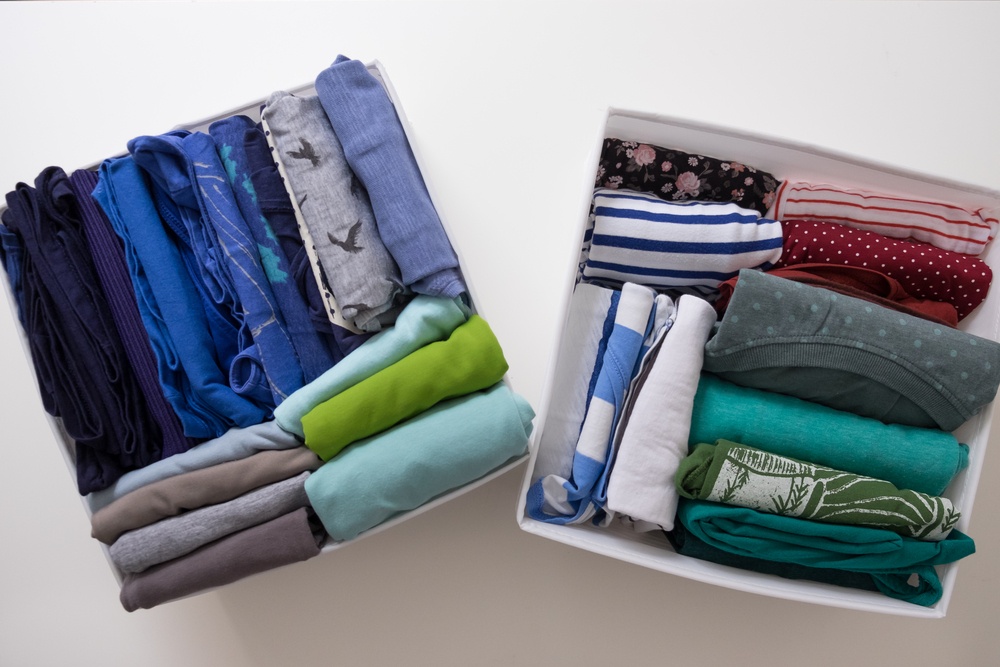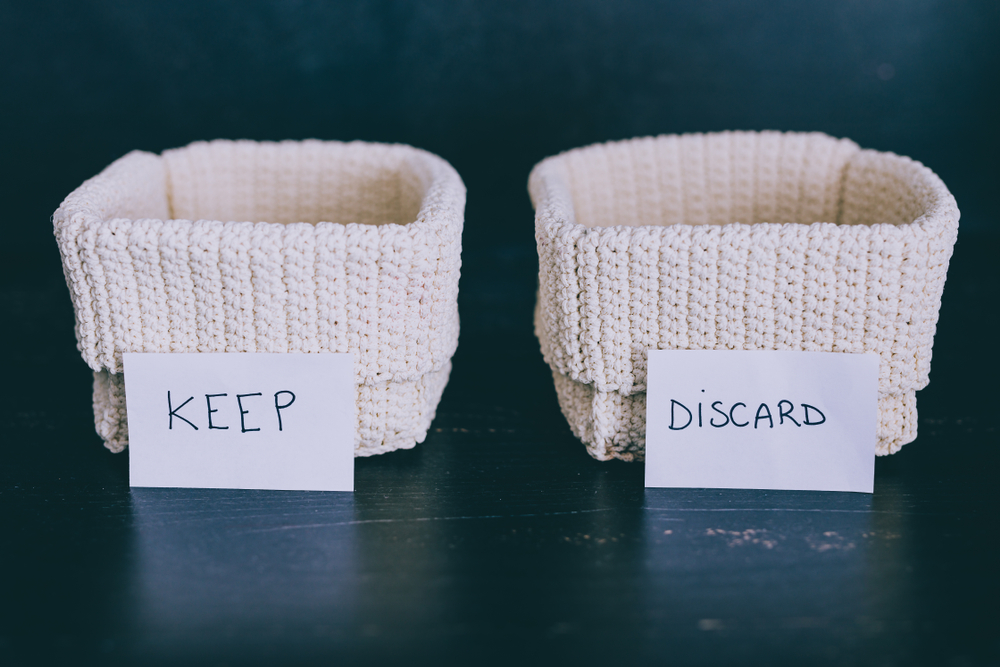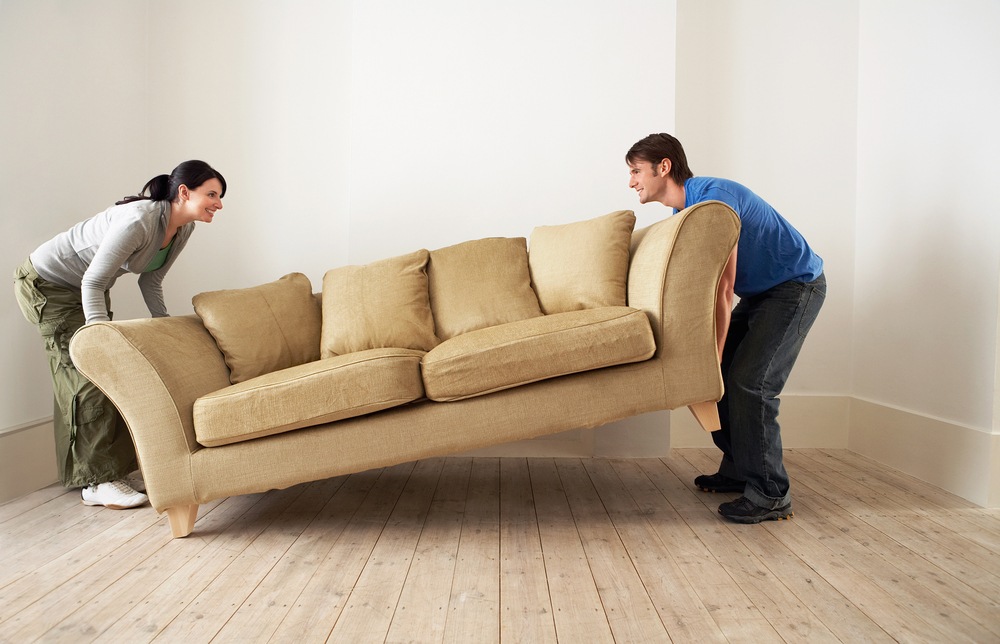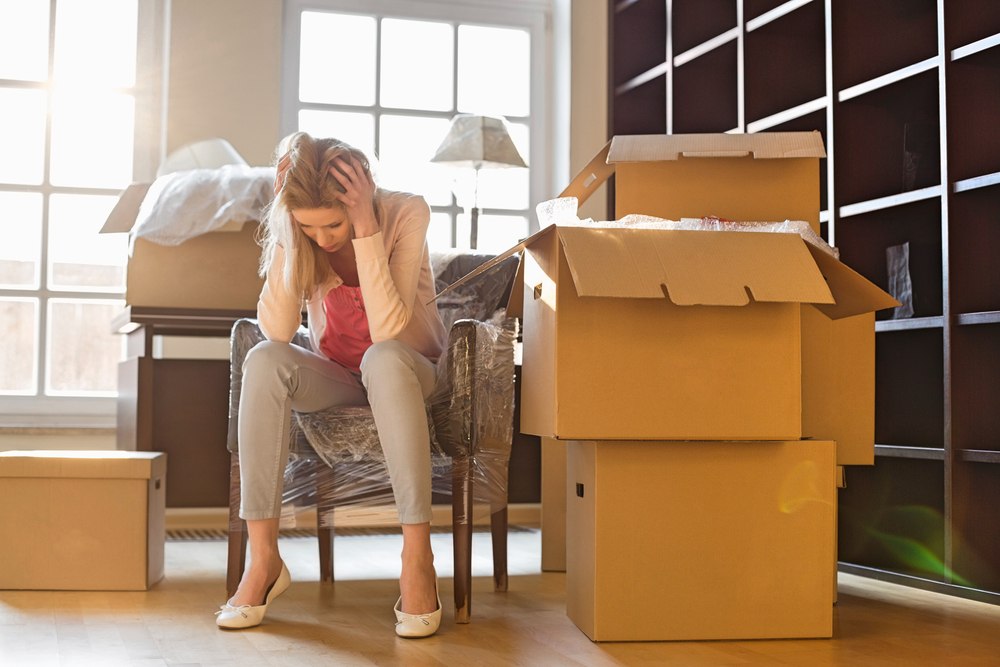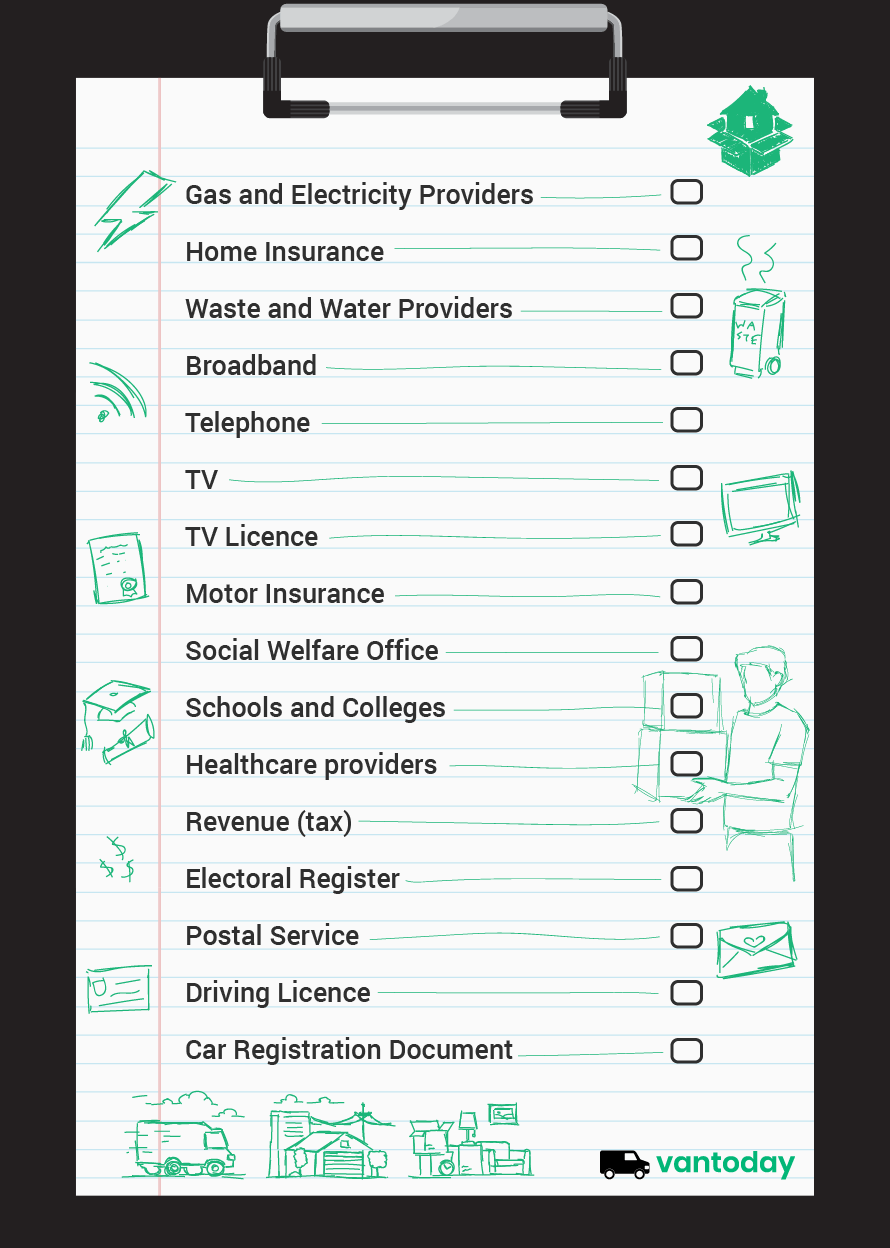You’ve put in all the work and passed your exams – and you’ve been offered the university place you’ve been working hard towards. It’s an exciting time and there’s much to celebrate. Congratulations!
There’s also plenty of things you have to organise, too. Moving to university is a huge transition time – and you’ll probably experience some anxiety, too. Plus, you’re going to have lots more responsibility.
Having a plan ahead of time can help reduce the stress of moving to college – and get you off to a much more positive start. Our checklist will help you to make sure you have everything you need, as well as ensuring that all the necessary arrangements are made ahead of time.
1. Packing the Necessities
Whether you’re moving into student halls or have opted for privately rented accommodation, there’s plenty of things you need to take with you.
Unless you have a list to work from, though, chances are you’ll forget something essential – as well as ending up with a room full of stuff that you don’t need.
So, what do you need to take?
- Bedding (duvet, pillows, sheets, duvet covers)
- Clothes to last you two weeks (if you take more than this, you’ll never get the hang of doing regular laundry!)
- Underwear
- Towels – bath towel, hand towels
- Bathrobe
- Toiletries
- Laptop or tablet (or both!)
- Chargers for your electrical stuff
- USB power bank
- Power extension cable(s)
- Microwavable crockery
- Microwavable cookware
- Glasses and mugs
- Cutlery and chopping knives
- Plastic Tupperware tubs
- Kettle
- Food cupboard essentials – canned food, coffee, tea, sugar, pasta, bottled water etc
- Mini fridge for your room
- First aid kit and any medication you take regularly
- Essential documents – including your drivers licence, your passport, and documents you’ll need for your university registration
- Books on your recommended reading list
- Stationery essentials – such as notepads, pens and highlighters
2. Checking Your Arrangements
Before you set off for your university, double check with the admissions office regarding the arrangements for your first day. Every university has a different schedule and process, so you need to know how your university runs things.
Other things you need to check out with your university include:
- What facilities your accommodation has:
- Does your shared kitchen have equipment like a toaster, microwave, fridge, etc?
- What furniture and/or equipment will there be in your room?
- What catering facilities are available
- What are the arrangements for medical care?
- Where do you go if you need support or help with something?
3. Organizing Your Transport
If your parents are taking you (and all your stuff) to your university, you can relax a bit. However, you’ll still need to make sure that your parents know what time you need to arrive and allow extra time for delays on the roads.
If your parents can’t take you to university, then you’ll need to figure out the most affordable alternative. You’ll have some boxes to move as well as suitcases, so public transport like the bus or train probably won’t work.
Some moving companies or man with a van services offer discounts for students, and since you won’t have a huge amount of stuff to move, it’s quite affordable, too. Try to book a moving service well ahead of time, as the start of the university term can get really busy for moving companies!
4. Have A Positive Moving Experience
Most students experience initial homesickness when they’re first settling into university life, so if you feel anxious on your first night, you’re not alone.
It helps to have something familiar and comforting from home, and maybe to have a video call with your family. The homesickness will soon pass and you’ll start to enjoy your new life as a university student.

